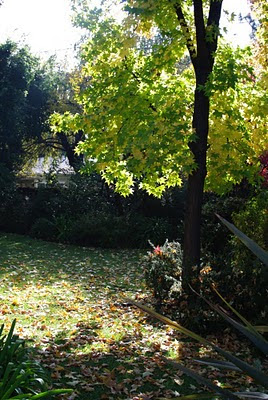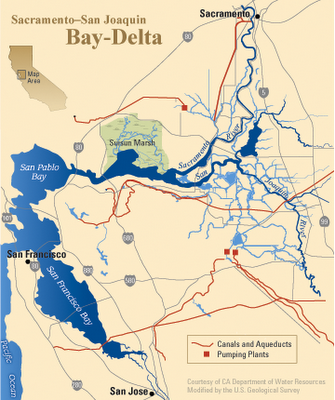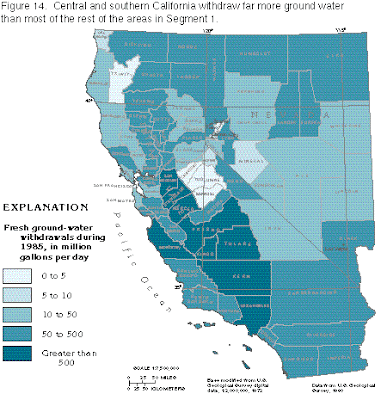WATER HYMN - Plitvice Lakes from Greenwave on Vimeo.
This is Plitvice Lakes National Park in Croatia, a stunning series of lakes and falls that are cascading down the verdant hills at the center of the country, near the border with Bosnia and Herzegovina. The lakes are situated on the Plitvice plateau, between two mountains The sixteen lakes are separated into an upper and lower cluster formed by runoff from the mountains. The lakes collectively cover an area of just under a square mile, with the water exiting from the lowest lake to form the Korana River.
The Plitvice Lakes lie in a basin of karstic rock, mainly dolomite and limestone, which has given rise to their most distinctive feature. The lakes are separated by natural dams of travertine, which is deposited by the action of moss, algae and bacteria. The encrusted plants and bacteria accumulate on top of each other, forming travertine barriers which grow slowly each year. The lakes are renowned for their distinctive colors, ranging from azure to green, grey or blue. The colors change constantly depending on the quantity of minerals or organisms in the water and the angle of sunlight. The lakes are divided into the 12 Upper Lakes (Gornja jezera) and the four Lower Lakes (Donja jezera). The Plitvice Lakes national park is heavily forested, mainly with beech, spruce, and fir trees, and features a mixture of Alpine and Mediterranean vegetation. It has a notably wide variety of plant communities, due to its range of microclimates, differing soils and varying levels of altitude.
The serpentine boardwalk is an amazing experience, no handrails, and winds endlessly through the falls and lakes. There is just no other place like this one, and the area is largely unspoiled as well as full of wildlife in the forested area. Croatia is recovering from its war of Independence from Yugoslavia in 1995, as are other former Baltic states, and are preparing to enter the European Union. One governing principle of this country and others are a commitment to sustainable existence and preservation of the natural ecosystem. Further south in Dalmatia, the country is struggling to re-establish olive, lavender and wine production in the rocky soils of the islands. The intent is to establish eco-tourism as well as promote the well-known resort areas of Dalmatia and its historic remains of the Roman Empire, the Venetian occupation of Dalmatia, and the remnants of the Austro-Hungarian empire.
The government is taking these steps forward with great care, and exhibits a commitment to its own culture and history. In this sense, it's not a "third world" country, its approach is a conservative one that does not want to embrace an urban lifestyle as a source of investment and development, or create massive engineering projects for its infrastructure. It has an extremely rigorous historic preservation ethic in its existing towns and cities, and is seeking to repair and reinforce its heritage.
Makes me want to start over in the US when I see the dysfunctional urban and industrial landscapes around our country; the endless roof farms. And we've never even been bombed like most of Europe. We just trash the land and then keep moving on...it's all "immediate profit" and very little planning for effective sustainable use of the land by the community, which pays off in the long run.
I'm beginning to sound like a European Socialist!
 The remains of Boghall Castle at Biggar are emblematic of the Scottish environment LINK, an outline of the new environmental laws put into place this November. It's the turning of a new page in Scottish culture and its burgeoning environmental movement. This movement embraces history and tradition as well as a future that protects biological diversity and plans for a sustainable society going forward. This is outlined in the document, "Scotland's Environmental Laws Since Devolution - From Rhetoric to Reality". It focuses on the protection of the National Parks, Loch Lomond and the Trossachs National Park and emphasizes biodiversity, a core issue. How can these and other parks be protected with a clear strategy while developing river management plans and wind farms? The necessity for public participation in this dialogue are emphasized, for it's people and culture that make Scotland unique.
The remains of Boghall Castle at Biggar are emblematic of the Scottish environment LINK, an outline of the new environmental laws put into place this November. It's the turning of a new page in Scottish culture and its burgeoning environmental movement. This movement embraces history and tradition as well as a future that protects biological diversity and plans for a sustainable society going forward. This is outlined in the document, "Scotland's Environmental Laws Since Devolution - From Rhetoric to Reality". It focuses on the protection of the National Parks, Loch Lomond and the Trossachs National Park and emphasizes biodiversity, a core issue. How can these and other parks be protected with a clear strategy while developing river management plans and wind farms? The necessity for public participation in this dialogue are emphasized, for it's people and culture that make Scotland unique.





























